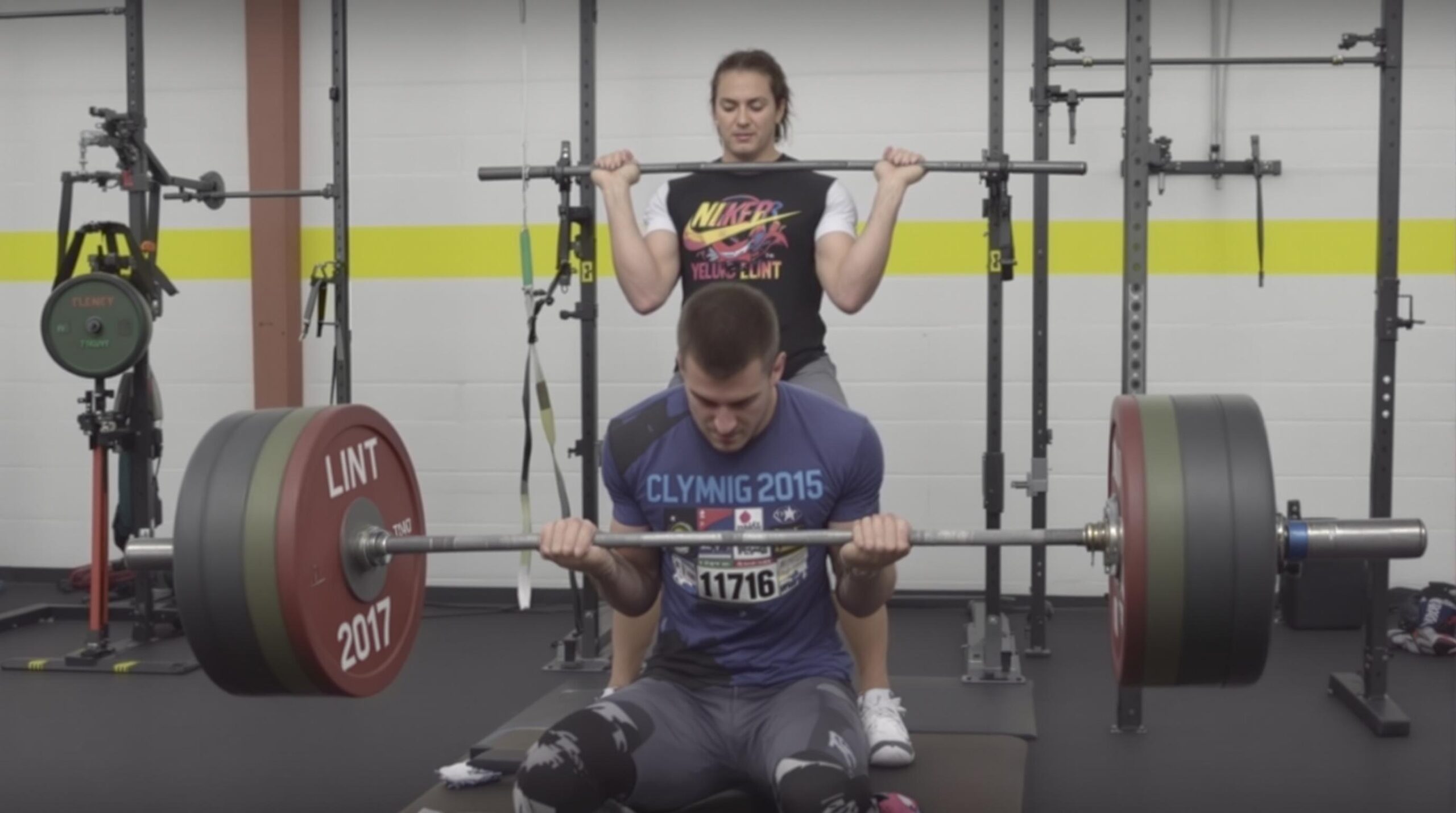Clean pulls combine the explosive first phase of the Olympic clean without the catch position, making them an accessible yet powerful training tool for developing strength, power, and technique. This foundational movement trains triple extension through the ankles, knees, and hips while building a solid strength base for athletes across various sports and fitness levels.
Key Takeaways
- Clean pulls build explosive power without requiring the technical complexity of full Olympic lifts
- Proper technique focuses on maintaining a straight bar path and full triple extension
- These pulls develop posterior chain strength essential for athletic performance
- Progressive loading schemes help maximize strength and power gains without technical breakdown
- Regular practice improves the rate of force development critical for sports performance
Understanding Clean Pulls: The Foundation of Explosive Power
The clean pull represents a fundamental strength training movement derived from Olympic weightlifting. Unlike the complete clean, the pull eliminates the catch phase, focusing solely on the explosive extension pattern that generates power. This makes clean pulls accessible for athletes who need explosive power but don’t have the mobility or technical mastery required for full Olympic lifts.
Clean pulls train what coaches call “triple extension” – the synchronized extension of ankles, knees, and hips that creates explosive power in virtually every athletic movement from jumping to sprinting. The exercise develops the posterior chain (hamstrings, glutes, lower back) while teaching athletes to transfer force efficiently through their entire kinetic chain.

Mastering Clean Pull Technique
Proper technique forms the foundation for safe and effective clean pulls. The setup mirrors the starting position of a conventional deadlift, but with specific positioning adjustments to maximize power production. Your feet should be positioned hip-width apart with toes slightly turned out, creating a stable base for force production.
Hand placement typically uses a hook grip at roughly shoulder width, though this can vary based on individual proportions. The initial pull from the floor requires maintaining a neutral spine position with shoulders slightly in front of the bar, hips higher than in a conventional deadlift.
Here’s the proper sequence for executing clean pulls:
- Begin with the bar over mid-foot, shoulders over or slightly ahead of the bar
- Drive through the floor with legs while maintaining back angle initially
- Once the bar passes the knees, drive hips forward while extending knees
- Reach full extension (triple extension) with ankles, knees, and hips
- Maintain vertical bar path throughout the movement
Common Technical Errors and How to Fix Them
Even experienced lifters make technical mistakes when performing clean pulls. The most common error is pulling with the arms too early, which disrupts proper power transfer from the legs and hips. Remember that the arms should remain straight until the power phase is complete.
Another frequent mistake is rounding the back during the pull. This compromises power output and increases injury risk. I recommend focusing on bracing the core properly before initiating the movement, maintaining tension throughout the lift.
Many lifters also struggle with proper weight distribution, often shifting weight to the toes during the pull. This decreases stability and power output. Keeping weight balanced over mid-foot throughout the movement is crucial for maintaining a proper power clean foundation.
Progressive Loading for Strength and Power Development
Clean pulls respond well to a variety of loading protocols depending on your training goals. For maximal strength development, working in the 85-95% of 1RM range for 3-5 sets of 2-3 repetitions works effectively. This builds the raw strength needed to handle heavier loads in the full clean or other explosive movements.
For power development, slightly lighter loads (70-85% of 1RM) performed with maximal intent for 3-5 sets of 3-5 repetitions optimize the rate of force development. The key is maintaining technical proficiency while pushing intensity – form breakdown negates the benefits of the exercise.
Incorporating variations like clean pulls from blocks or hang positions can address specific weaknesses or emphasize particular portions of the pull. These variations are particularly useful for athletes who’ve studied world lift record holder secrets and want to target specific portions of their pull.
Programming Clean Pulls for Athletic Performance
When integrating clean pulls into a comprehensive training program, timing and volume management become critical factors. As a high-intensity movement, clean pulls tax the central nervous system significantly and require appropriate recovery.
For strength athletes, performing clean pulls early in training sessions when fresh maximizes technical execution and power output. I typically program them after warm-ups but before accessory work. For team sport athletes, clean pulls can be integrated as part of a comprehensive strength-power phase, usually performed 2-3 times weekly.
A sample progression for incorporating clean pulls might look like:
- Weeks 1-2: Technical focus with moderate loads (60-70% 1RM), 3×5
- Weeks 3-4: Strength emphasis (75-80% 1RM), 4×3
- Weeks 5-6: Power development (80-85% 1RM), 5×2
- Week 7: Deload with technical emphasis (60% 1RM), 3×3
Clean Pulls vs. Full Cleans: When to Use Each
Both clean pulls and full cleans have their place in a comprehensive training program. Clean pulls allow for heavier loading without the technical demands of the catch position, making them ideal for pure strength and power development. They’re also excellent for athletes with mobility limitations that prevent proper front rack positioning.
Full cleans integrate the additional skill component of receiving the bar in the front rack position, which requires coordination, timing, and mobility. Athletes looking to train like CrossFit champions will need to master both movements.
For most general strength and power athletes, I recommend starting with clean pulls to develop the foundational strength and technique before progressing to full cleans. This approach builds confidence and competence while reducing injury risk associated with poor catching technique.
Application for Different Athletic Populations
Clean pulls offer versatile benefits across various athletic populations. For team sport athletes like football players, rugby players, and sprinters, clean pulls develop the explosive hip extension crucial for acceleration and change of direction.
Strength athletes use clean pulls to improve deadlift lockout strength and overall pulling power. The movement pattern transfers well to conventional powerlifting while adding a velocity component that traditional strength training often lacks.
Even for general fitness enthusiasts, clean pulls provide an efficient full-body training stimulus that builds functional strength and power applicable to daily activities. The movement pattern mimics many real-world tasks that require lifting objects from the ground with power.
Conclusion: Integrating Clean Pulls Into Your Training
Clean pulls deserve a place in nearly any strength and power development program. Their unique combination of technical accessibility and power production makes them valuable for athletes at all levels. By focusing on proper technique, progressive loading, and appropriate programming, you can use clean pulls to dramatically improve explosive strength.
Whether you’re looking to enhance sport-specific performance, build a foundation for Olympic lifting, or simply develop more functional power, clean pulls provide an efficient training stimulus. Start with technique mastery, progress load gradually, and watch your explosive power develop over time.



